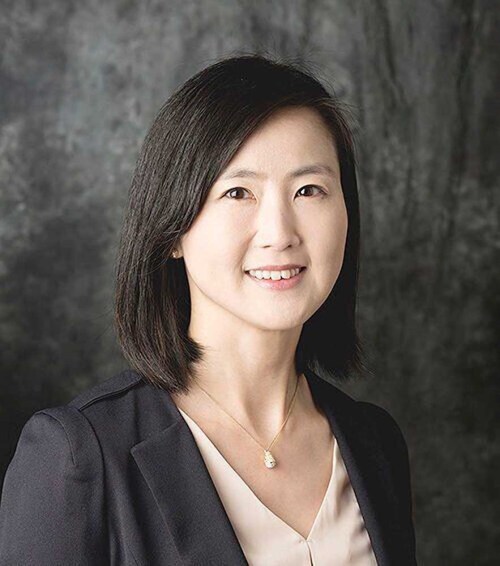OSU researchers aim to turn seafood byproducts into source of nutrition
Published 8:15 am Tuesday, November 16, 2021

- Kwon
ASTORIA — A research project led by Oregon State University has the potential to reduce food waste by utilizing seafood byproducts as a cheap, high-quality source of protein.
OSU received a $333,777 grant from the Foundation for Food and Agriculture Research to study whether protein from byproducts such as fish heads, bones and skin left over after processing can be recovered and used as an ingredient in food or dietary supplements.
The seafood industry uses just 30-40% of what it harvests for human consumption, while the rest is either made into fishmeal or discarded in landfills.
“This research exemplifies a ‘no stone unturned’ approach to increasing global food and nutritional security through limiting food waste,” said Lucyna Kurtyka, senior scientific program director with the Foundation for Food and Agriculture Research, or FFAR.
Funding comes from the foundation’s Seeding Solutions program, addressing challenges in food supply and agro-ecosystem management.
The Alaska Seafood Marketing Institute, Pacific Seafood Group, Seafood Industry Research Fund, Trident Seafoods and West Coast Seafood Processors Association are project partners and provided matching funds.
Jung Kwon, an associate professor at OSU’s Seafood Research and Education Center in Astoria, is heading up the multi-year project. The research will be broken into phases, she said.
First, researchers will determine the best and most efficient ways to extract protein from seafood byproducts, focusing specifically on two fisheries — Alaska pollock and Pacific whiting. Pacific Seafood Group, based in Clackamas, and Trident Seafoods, based in Seattle, are providing samples.
After extracting the protein, Kwon said they will assess its nutritional content compared to other common supplements, such as whey. Then the project will pivot to developing prototype food products and supplements using the protein, based on feedback from consumer panels.
If successful, Kwon said the project will create a platform for solving global food insecurity in an environmentally sustainable way.
According to the FFAR, an additional 148 million people may be protein deficient by 2050 due to climate change.
“The success of the proposed project will push forward the notion of a sustainable food system to the next level,” Kwon said.
Kwon said the project also could have a big impact on the seafood industry, giving processors a high-value market for what has been a low-value waste product.
Lori Steele, executive director of the West Coast Seafood Processors Association, said that while most byproducts do go into fishmeal, it is not typically a money-making proposition, usually only offsetting disposal costs.
“There’s opportunity here, I think, to investigate what can be done with byproducts where we can actually continue to feed the world with it and expand markets with new products,” Steele said. “It’s well within the scope of what our industry in general tries to do, which is to fully utilize the product and not throw anything away.”
The West Coast Food Processors Association represents members in Oregon, Washington and California that produce 631 million pounds of seafood every year, valued at $550 million and employing more than 3,000 people.
“It almost feels like this is sort of a step in the right direction in terms of the evolution of the industry,” Steele said.









